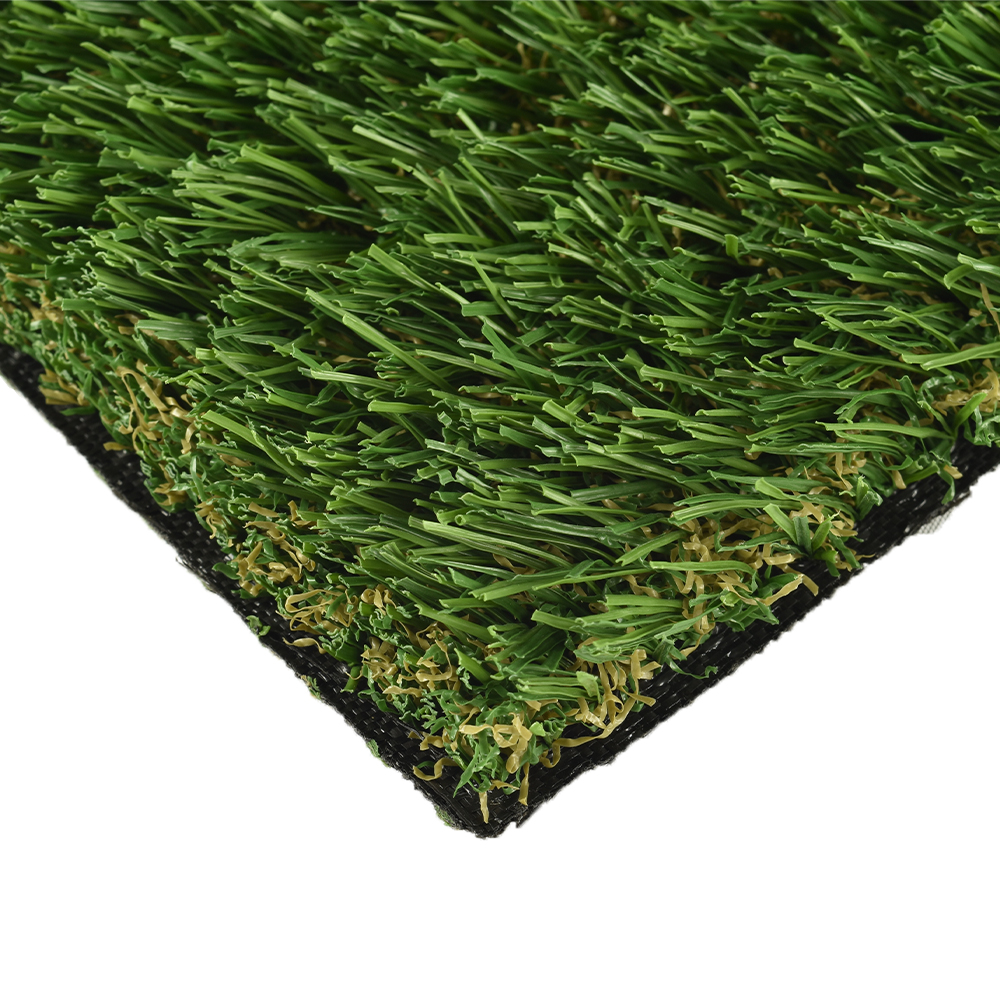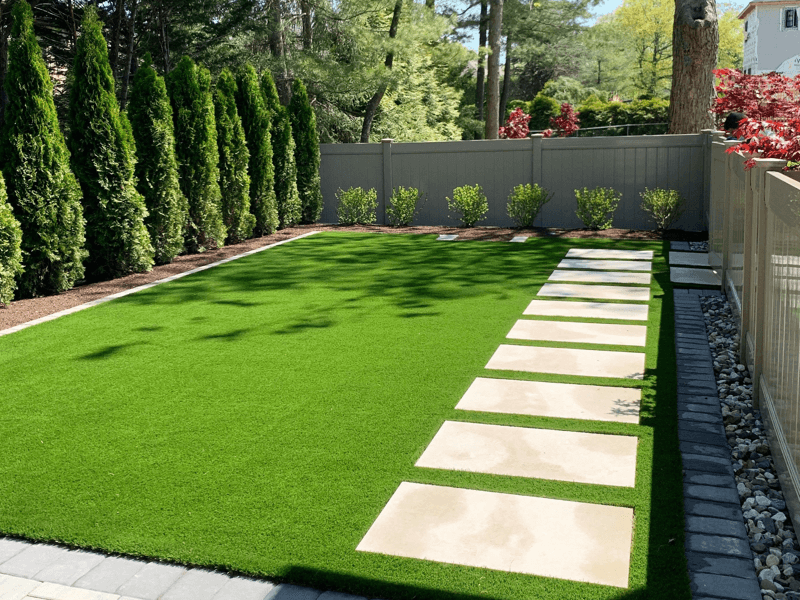Top Phoenix Turf Companies Providing High-End Synthetic Lawn Solutions
Top Phoenix Turf Companies Providing High-End Synthetic Lawn Solutions
Blog Article
See Why Homeowners Prefer Synthetic Grass for Sustainable Landscaping Practices
As house owners significantly prioritize sustainability in landscape design, synthetic grass has emerged as a compelling choice to traditional lawn. What stays to be discovered is the complete range of advantages that fabricated grass can provide to property owners and the setting alike.
Water Preservation Advantages
One of one of the most significant advantages of synthetic grass is its duty in water preservation. Typical turf lawns require significant amounts of water to preserve their lush look, often leading to overuse of neighborhood water resources, especially in dry regions. In contrast, synthetic grass removes this demand completely, as it does not call for watering. This not only saves water yet also decreases the strain on municipal water systems, specifically during drought conditions.
In addition, the setup of man-made lawn can contribute to a more sustainable landscape. Homeowners can substantially lower their water costs, allowing for reallocation of sources to various other environmental initiatives or home uses. Furthermore, artificial grass is developed to hold up against different climatic problems without the requirement for additional watering, making it an excellent selection for areas encountering water shortage.
The environmental benefits extend beyond prompt water cost savings. By reducing water intake, artificial turf aids to mitigate the effects of climate adjustment, maintaining vital environments that are threatened by too much water extraction. As sustainable landscaping techniques gain traction, fabricated turf becomes an accountable option for homeowners seeking to create environment-friendly outside rooms.
Minimized Upkeep Initiatives
Synthetic lawn substantially lowers upkeep initiatives contrasted to conventional lawn yards. With man-made grass, homeowners can remove the time-consuming jobs related to natural landscape design, such as mowing, fertilizing, and weeding. This not only saves valuable time yet additionally minimizes physical labor, making grass care available for individuals of every ages.
Traditional lawns call for constant trimming to preserve a visually pleasing elevation, whereas artificial turf stays continually lush without the need for cutting. Furthermore, property owners no longer require to use plant foods or pesticides, which are typically needed to keep natural yard healthy and balanced.
Furthermore, fabricated grass is resilient and long lasting, requiring marginal maintenance beyond periodic brushing and rinsing to remove particles. This convenience of maintenance permits home owners to appreciate their exterior rooms without the consistent fear of upkeep, providing more time for recreation and family tasks. Ultimately, the reduced upkeep efforts connected with synthetic grass make it an enticing option for those looking for a low-maintenance, visually appealing landscape.

Environmental Impact Decrease
There is an expanding acknowledgment of the ecological benefits connected with synthetic turf, particularly in terms of water conservation and reduced chemical use. Typical yards require significant quantities of water, especially in drought-prone regions, bring about raised strain on regional water sources. In comparison, artificial grass removes the demand for irrigation, dramatically reducing water usage and promoting sustainability.
Additionally, conventional grass maintenance typically involves the application of plant foods, herbicides, and pesticides, which can add to soil and water contamination. Synthetic grass alleviates this ecological hazard get more by requiring marginal upkeep and virtually getting rid of the demand for damaging chemicals. This not only enhances soil health yet also shields regional environments from hazardous runoff.
In addition, the production of all-natural lawn yards usually includes using nonrenewable fuel sources for trimming and landscaping equipment, more adding to greenhouse gas exhausts. By choosing synthetic grass, house owners can significantly decrease their carbon footprint connected with yard care tasks.
Visual Allure and Versatility
In enhancement to its ecological advantages, synthetic grass offers substantial visual allure and convenience for landscape design. House owners can achieve a rich, green look year-round, eliminating the seasonal fluctuations frequently linked with all-natural yard. This constant visual not only enhances the aesthetic appeal of a home however also adds to a sleek and well-maintained look.
In addition, man-made lawn is readily available in a variety of shades, designs, and appearances, permitting for personalization to match individual choices and layout motifs - Turf installation phoenix az. Whether used in residential gardens, industrial areas, or recreational site here areas, it can effortlessly incorporate into varied landscape design styles, from contemporary minimalist to lavish tropical settings
The flexibility of synthetic lawn extends beyond plain appearance; it can be mounted in numerous places, including roofs, patio areas, and also interior areas, developing chances for unique landscape design options. In addition, it is ideal for a variety of activities, from children's play locations to pet-friendly environments, supplying capability without jeopardizing style.
Ultimately, the aesthetic charm and versatility of synthetic grass make it an attractive alternative for house owners looking for lasting landscape design remedies that do not compromise elegance for ecological obligation.

Long-Term Expense Savings
Among one of the most engaging advantages of artificial lawn is its potential for long-term expense financial savings. Unlike natural turf, which requires regular upkeep-- consisting of mowing, watering, feeding, and bug control-- man-made grass substantially minimizes these ongoing expenses. Home owners can save a substantial quantity on water costs, especially in regions where water deficiency is a pushing issue. The elimination of lawn treatment services even more contributes to monetary savings, as there is no requirement for customized devices or labor.
Additionally, artificial grass has a life-span of 15 to 25 years, relying on its quality and usage. This longevity minimizes substitute prices, making it a much more affordable selection in the lengthy run. Moreover, the preliminary investment in artificial lawn can usually be recovered through the savings built up over time.
While the ahead of visit time price may appear greater compared to turf setup, the cumulative cost savings from decreased upkeep and water usage usually exceed these preliminary expenses. Ultimately, the fostering of fabricated turf not only advertises a sustainable landscape design option yet additionally provides property owners a monetarily wise alternative that straightens with lasting budgeting objectives.
Verdict
Man-made turf becomes a compelling choice for sustainable landscaping, supplying substantial benefits in water preservation, reduced maintenance efforts, and reduced ecological impact. Its visual appeal and adaptability boost the visual landscape while aligning with contemporary sustainability goals. Long-term cost financial savings contribute to its good looks for house owners. As neighborhoods increasingly focus on eco-friendly practices, the fostering of fabricated lawn stands for a progressive step towards achieving sustainable and resilient landscapes.
Furthermore, synthetic grass is developed to endure numerous weather problems without the demand for additional watering, making it a suitable option for areas facing water deficiency. (Artificial turf companies phoenix)

Artificial turf arises as an engaging option for lasting landscape design, using significant advantages in water preservation, lowered upkeep efforts, and diminished ecological impact.
Report this page